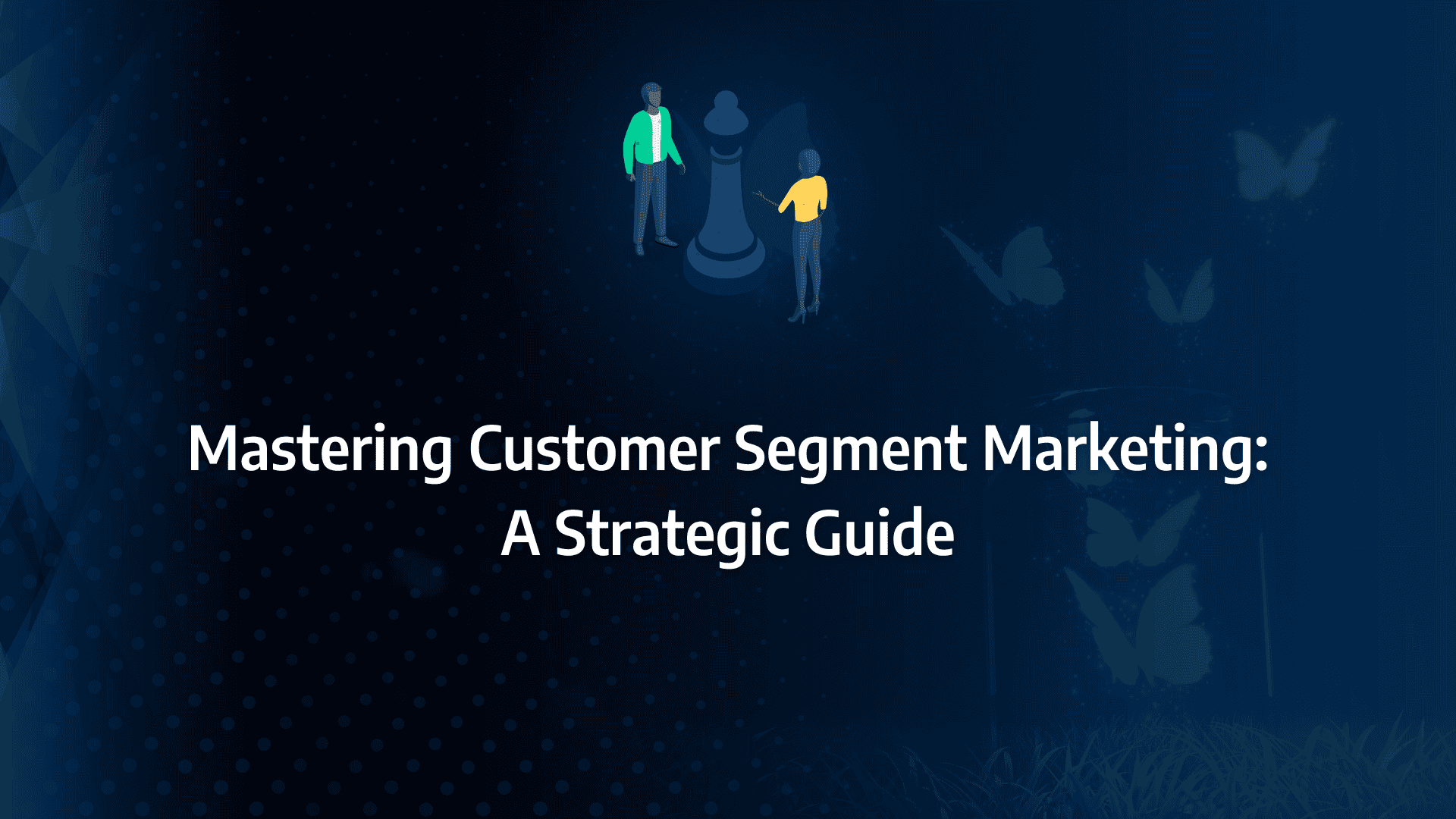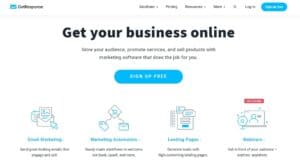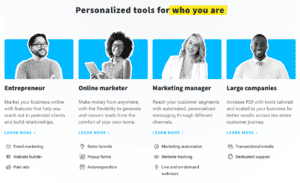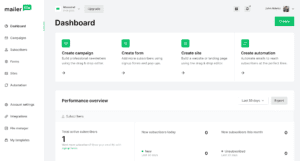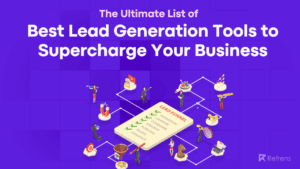Mastering Customer Segmentation for Effective Marketing
Understanding customer segmentation is the key to personalizing your marketing efforts and ensuring that your messages resonate with the right audience. In this article, we’ll dive into how you can use customer segmentation strategies to drive more targeted campaigns and improve your ROI.
Why Customer Segmentation is Essential for Marketing
Customer segmentation allows you to divide your audience into distinct groups based on specific criteria, such as demographics, behavior, or purchasing history. By understanding these segments, you can tailor your messaging, products, and services to better meet the needs of each group.
1. Types of Customer Segmentation
There are several types of segmentation that businesses can leverage to understand their customers better and create more targeted marketing strategies:
- Demographic Segmentation: This involves categorizing customers based on characteristics such as age, gender, income, education, and occupation.
- Geographic Segmentation: Customers are grouped by their physical location, which can be useful for location-based marketing or region-specific campaigns.
- Behavioral Segmentation: This focuses on how customers interact with your brand, such as purchase behavior, user status, or engagement level.
- Psychographic Segmentation: This digs deeper into the attitudes, values, lifestyles, and interests of your customers.
Each type of segmentation allows you to craft personalized campaigns that address the unique characteristics of different groups within your audience.
2. Benefits of Customer Segmentation
a. Personalization of Marketing Campaigns
With segmentation, you can move away from one-size-fits-all marketing and personalize your content. Tailored marketing improves customer engagement by making your message more relevant to each group.
b. Improved Customer Retention
By understanding the needs and preferences of different customer segments, you can provide more relevant content and offers. This strengthens customer loyalty and retention.
c. Increased Conversion Rates
When your message resonates with your audience, they’re more likely to take action. Segmentation allows you to target the right customer with the right offer at the right time, boosting your conversion rates.
d. Better Resource Allocation
Customer segmentation helps businesses allocate marketing resources more effectively. Rather than targeting a broad audience, you can focus on high-value segments that are most likely to convert.
3. How to Segment Your Customer Base
Step 1: Collect Data
The first step in customer segmentation is gathering data. This includes demographic information, purchase history, online behavior, and more. Tools like CRM systems, analytics platforms, and customer surveys are essential for collecting this data.
Step 2: Analyze Your Data
Once you have the data, use it to identify trends, patterns, and commonalities among your customers. Segmenting your customers can be as simple or as complex as you make it. Some companies start with broad categories, while others break down their audience into very specific subgroups.
Step 3: Define Your Segments
Once you’ve analyzed your data, create distinct customer segments based on shared characteristics. These segments should be meaningful and actionable.
Step 4: Target Each Segment
Develop targeted marketing strategies for each segment. Tailor your messaging, products, and offers to meet the needs of each group.
Step 5: Test and Refine
Customer segments can evolve over time. Regularly revisit your segments, test new strategies, and refine your segmentation approach based on the results.
4. Tools for Customer Segmentation
The right tools are essential for effective customer segmentation. Here are a few options to help you get started:
- CRM Systems: Platforms like HubSpot or Salesforce help businesses collect and manage customer data, enabling better segmentation.
- Email Marketing Platforms: Tools like Drip and ActiveCampaign allow you to create targeted email campaigns based on customer segments.
- Analytics Tools: Google Analytics, along with other tools, can provide deep insights into customer behavior for more effective segmentation.
5. Best Practices for Implementing Customer Segmentation
a. Keep Your Segments Simple
While it can be tempting to create numerous micro-segments, it’s essential to start with broad categories and refine them over time. Overcomplicating your segments can lead to fragmented messaging and increased resource requirements.
b. Align Segments with Business Goals
Your segments should directly align with your business objectives. Whether you’re looking to increase sales, improve retention, or boost brand awareness, ensure your segmentation strategy supports these goals.
c. Use Segmentation to Inform All Marketing Channels
Segmentation shouldn’t be limited to email campaigns or social media ads. Apply your customer segments to every aspect of your marketing strategy, from content marketing to product development.
d. Monitor and Adjust
Customer behaviors and preferences change over time. Keep track of these shifts and adjust your segmentation strategy as needed to stay relevant and effective.
FAQs
What is customer segmentation in marketing?
Customer segmentation is the process of dividing your customer base into distinct groups based on characteristics such as demographics, behaviors, or preferences. It helps businesses deliver more personalized and relevant marketing messages.
Why is customer segmentation important?
Customer segmentation allows businesses to tailor their marketing strategies to meet the specific needs of different audience groups. This leads to improved engagement, higher conversion rates, and better customer retention.
How do you identify customer segments?
Customer segments can be identified through data analysis, which includes gathering information about customer demographics, behaviors, and preferences. Tools like CRM systems and analytics platforms can help in this process.
What are the key types of customer segmentation?
The key types of customer segmentation include demographic, geographic, behavioral, and psychographic segmentation.
Can small businesses benefit from customer segmentation?
Yes, small businesses can greatly benefit from customer segmentation by focusing their marketing efforts on the most profitable and engaged customer groups, leading to more efficient use of resources and better results.
Top Tools to Simplify and Scale Your Business
- HubSpot CRM – This all-in-one platform helps businesses collect, manage, and segment customer data, making it easier to create targeted marketing campaigns.
- Drip – Drip is an email marketing automation tool that allows businesses to segment their audience and send personalized campaigns.
- ActiveCampaign – ActiveCampaign offers advanced segmentation and automation features to optimize your email and marketing strategies.
- Salesforce – Salesforce’s CRM platform offers robust tools for customer segmentation, helping businesses tailor their marketing efforts.
- Zoho CRM – Zoho provides a range of tools for customer segmentation, allowing businesses to streamline their sales and marketing processes.
Keywords: customer segmentation, B2B marketing, personalized marketing, CRM systems, targeted campaigns, audience segmentation, customer retention, marketing strategies

